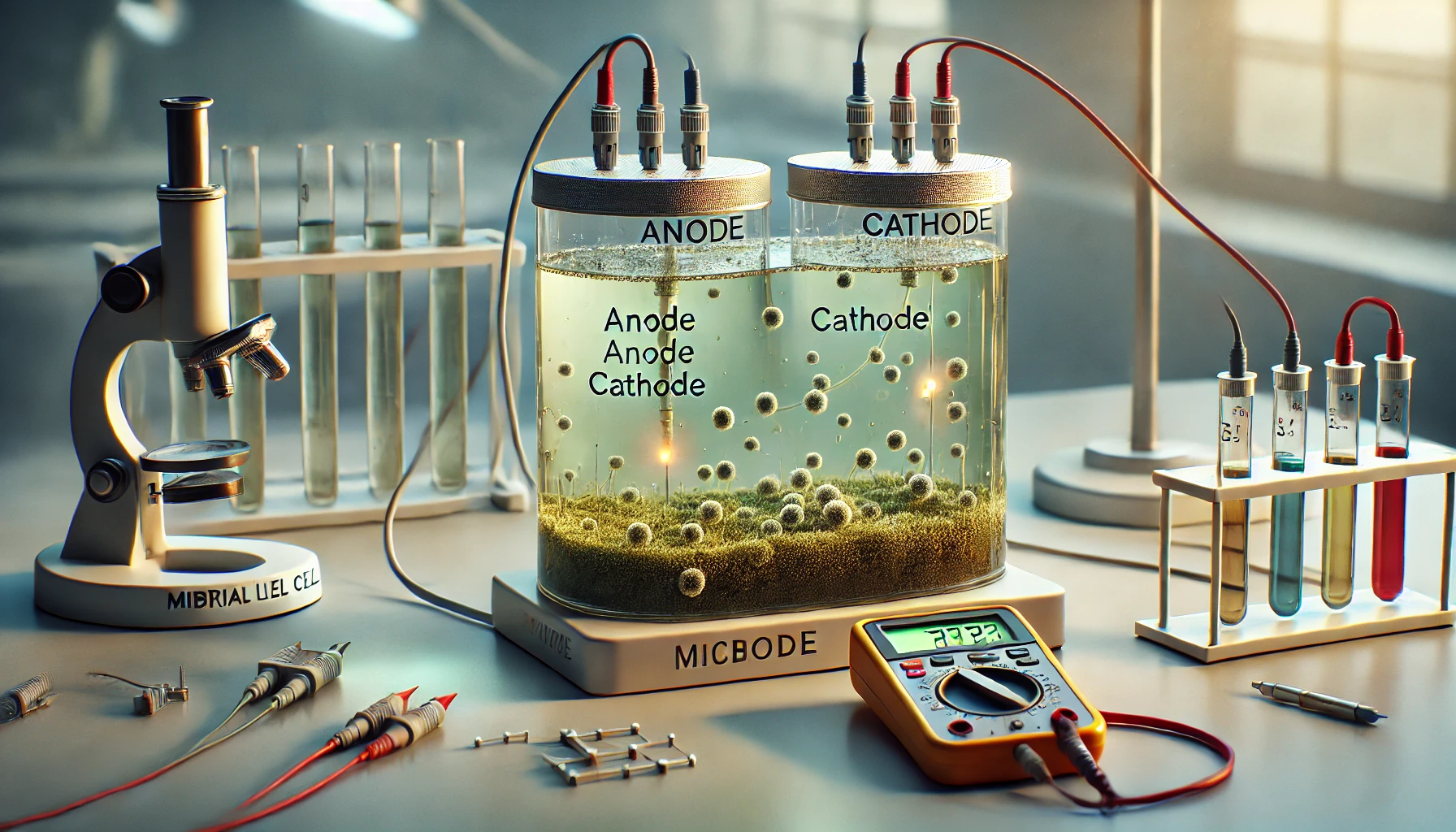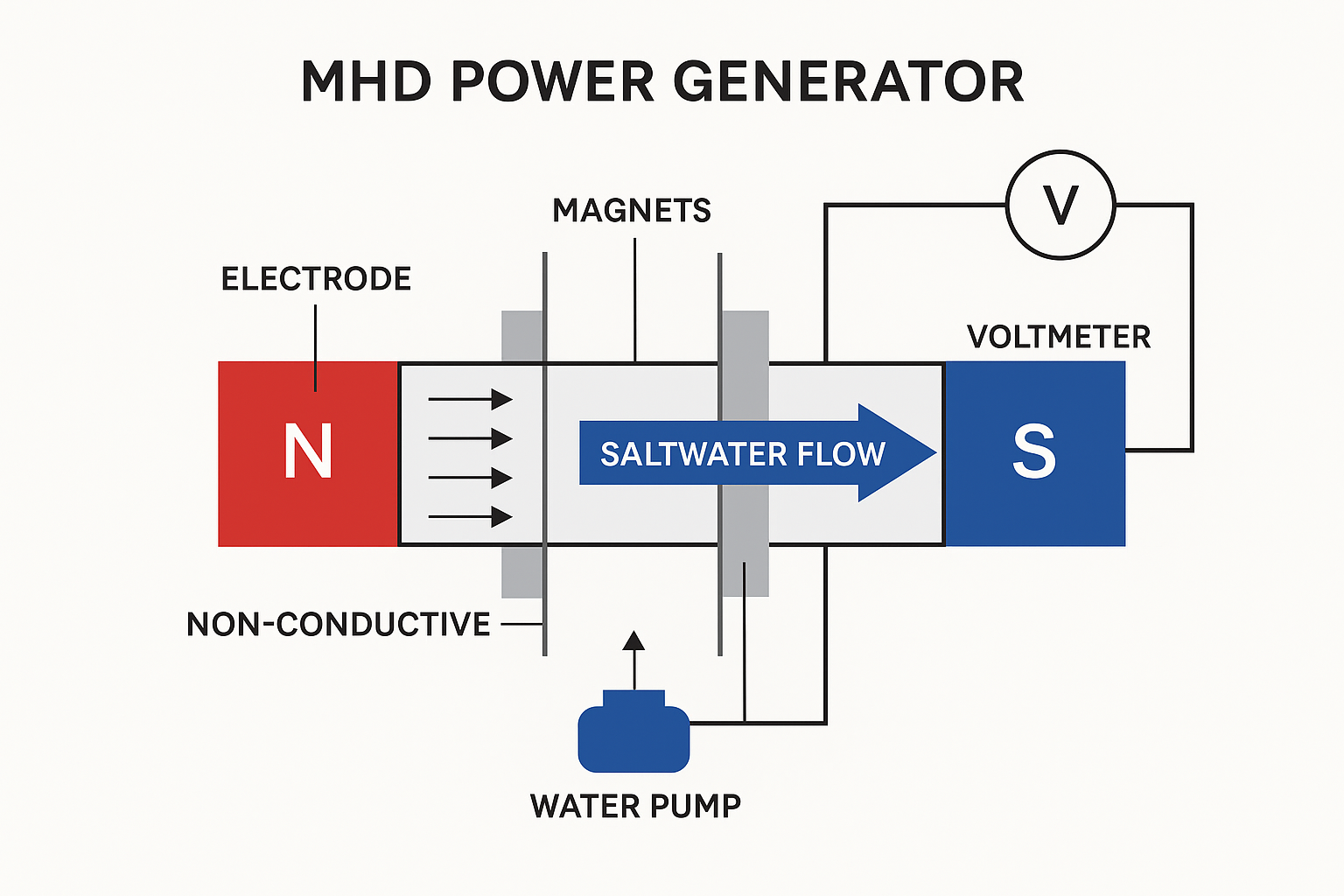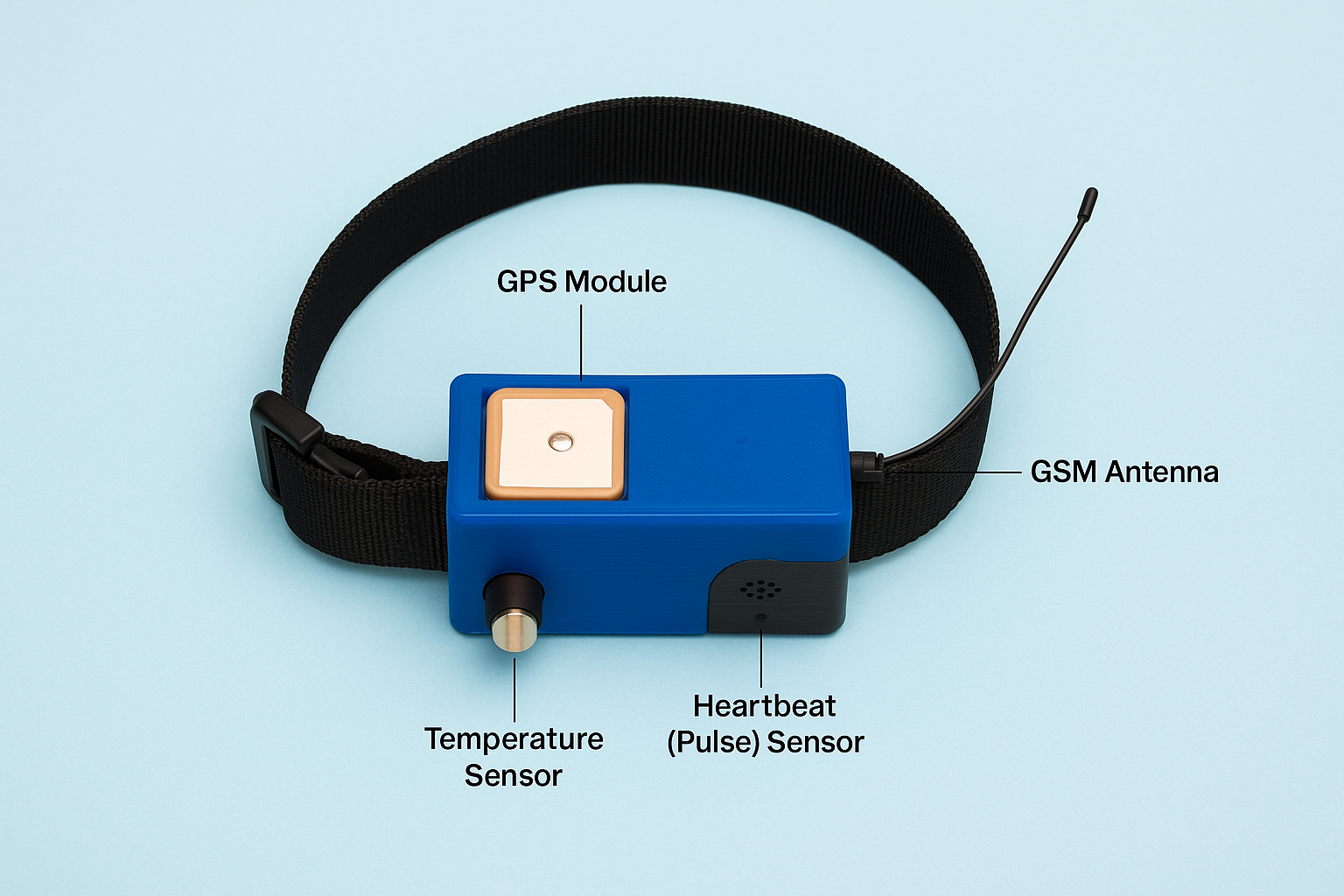 Introduction:
Introduction:
With the growing need for sustainable and renewable energy sources, researchers are exploring unique and readily available resources for electricity generation. Urine, commonly regarded as waste, contains valuable electrolytes and organic compounds that can be converted into energy. This project examines how urine can be used as fuel in a microbial fuel cell (MFC), which uses bacteria to break down organic material and produce electrons. By leveraging the chemical properties of urine, this study aims to develop a low-cost, eco-friendly energy source that could be especially useful in remote or resource-scarce areas.
Abstract:
This project explores the viability of generating electricity from urine using microbial fuel cells. An MFC system was created to convert the chemical energy in urine into electrical energy, relying on the metabolic activity of bacteria to generate a flow of electrons. Urine, rich in nitrogenous and phosphorous compounds, serves as a suitable substrate for this process. This experiment measured the electric output from a urine-powered MFC, noting the potential for small-scale power generation. Results confirm that urine can provide a measurable amount of power, albeit at a modest level, demonstrating a novel approach to renewable energy production with significant environmental and practical benefits.
Materials:
- Microbial Fuel Cell (MFC) components:
- Two chambers (anode and cathode) with a proton exchange membrane in between
- Graphite electrodes for electron transfer
- Freshly collected urine
- Anaerobic bacteria culture (facilitates organic breakdown)
- Conductive wires and clips for circuit connections
- Multimeter (to measure voltage and current)
- Salt bridge (to transfer ions between chambers)
- Resistor or small LED light (for testing power output)
Procedure:
- Setting Up the MFC:
- Assemble the MFC with two chambers separated by a proton exchange membrane.
- Place graphite electrodes into each chamber, then connect them using wires.
- Adding Urine and Bacteria:
- Introduce the bacterial culture and urine into the anode chamber. Bacteria metabolize the organic compounds in the urine, releasing electrons.
- Connecting the Circuit:
- Attach the anode and cathode electrodes to an external circuit connected to a multimeter for measuring voltage and current.
- Testing Output:
- Measure the electrical output with the multimeter and connect a small LED or resistor to test the flow of electricity generated by the system.
Results:
The urine-powered MFC generated a small but measurable electrical output, producing up to 0.6 volts and a current of about 2 milliamps. This output was sufficient to illuminate a small LED. Factors such as temperature and urine composition influenced the performance, with peak power observed shortly after setup. Over time, as the organic content of the urine was metabolized, the power output declined.
Analysis:
These results confirm that urine can be used as a biofuel to generate electricity through MFC technology. While the power output is limited, it indicates potential for low-energy applications, such as powering small devices in isolated locations. Performance was influenced by environmental factors and the efficiency of the bacterial metabolism, suggesting that optimization of the MFC design and environmental conditions could improve power output.
Conclusion:
This project demonstrates that urine can indeed produce electricity when used in a microbial fuel cell, offering an innovative approach to sustainable power generation. Though modest, the electricity produced may be suitable for low-power applications in off-grid settings. Future efforts should focus on enhancing bacterial efficiency, scaling up the system, and exploring additional methods to increase power output. This method of utilizing waste as a renewable energy source holds promise for sustainable energy development and waste management.





